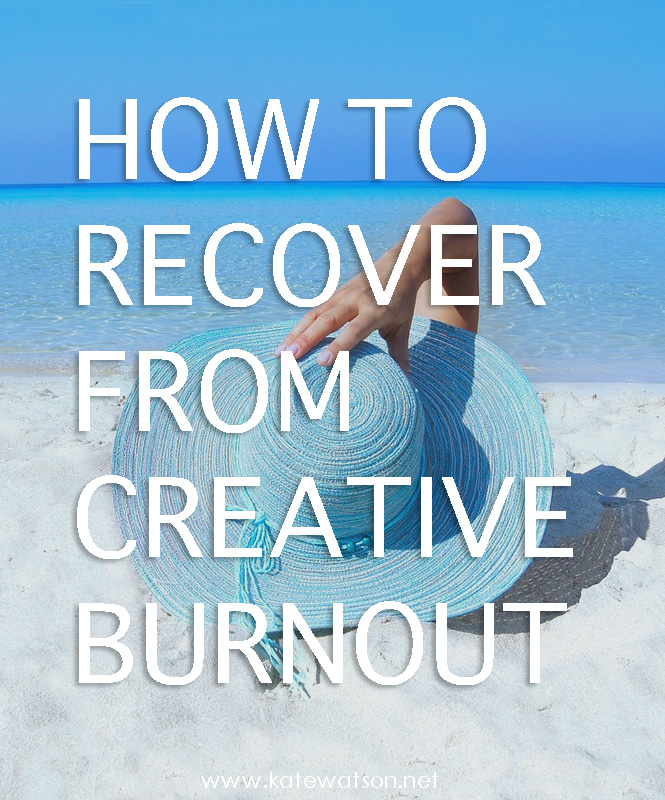
In December 2009, I was deep in the throes of creative burnout. I had just wrapped up a wedding season and returned from an overseas volunteer trip providing product photography.
“My favorite definition of burnout is this: burnout is not about giving too much of yourself, it’s about trying to give what you do not possess.” – Shelley Prevost
Most people believe that burnout stems from giving too much and, while that is one factor, the bigger picture is, as Shelley Prevost says, “trying to give what you do not possess.”
Sure, I’d worked hard during wedding season but I was wrecked from putting other people’s needs above your own, from trying to be what others wanted me to be. For too long, I’d tried to market my business the “right way” or shoot according to each client’s expectations, even when those didn’t match my individual strengths.
When you try to give what you don’t have to keep others happy, you can’t help but reach burnout.
What I Did to Recover from Creative Burnout
As I began thinking about how to recover, I knew two steps would be critical: taking time off and rediscovering what inspired me. Luckily, my husband and I had already decided to take some time to travel, and so that is where I began.
What followed wasn’t a step-by-step path so much as an exploration of different ways to rediscover my inner muse. Here’s what I did:
Took time off. As I said, I was lucky to have already made time to rest and recharge. Whether you need one day of intensive couch time and rerun watching or a longer vacation to relax and refresh, recovering from creative burnout requires some separation from your daily activities or, at the very least, a change of focus from tasks that are adding to your stress to those that will help alleviate it.
Studied The Artist’s Way. I owned a copy of Julia Cameron’s book, The Artist’s Way, for years before reading it. While traveling, I proposed to a friend that we give it a try—after all, it’s a course about discovering and recovering your creative self. It turned out to be transformative, for both of us.
Uncovered my truth. In The Artist’s Way, Julia proposes two basic tools to discover or recover your creative self, the first of which is morning pages. Morning pages are three stream-of-consciousness pages that you handwrite each day. It’s good practice to write whatever comes to your mind, whether or not you have anything important to say, even if it’s “this is stupid and I have nothing to say.”
The real power of morning pages is that they force you to pay attention to your inner monologue, to see what’s truly going on in that beautiful head of yours. Eventually, they also become a source of tremendous clarity and insight, a place where you encounter regular ahas!
As Jenna Avery writes, “Fundamentally, morning pages give you permission to be who you are. They are a radical form of self-acceptance.” Exactly! Through morning pages, I uncovered my voice and truth.
Spent time with my muse. The second essential tool in The Artist’s Way is an artist date, a block of time set aside each week to nurture your inner muse. Initially I struggled with making time for an artist date but that’s the point. Just as your spouse and children need quality time, so does your inner artist. An artist date ensures that quality time is allocated.
During artist dates, I visited bookstores or craft stores, bought coloring books and pencils, saw movies, and went to the beach or for walks. As a diehard introvert, sometimes I spent my date at home, brewing tea and making an event out of vision-boarding or designing a piece of jewelry.
I believe it was through this forced attention to my creative self that I found the inspiration to explore new creative outlets in the months that followed.
Explored inspirations. I’ve always been intrigued by what drives other people and so, when I began to feel a tug to do so, I reached out to several artists and studied their creative outlets: glassblowing, lampwork beadmaking, origami, silversmithing, art clay silver, jade carving, oil and watercolor painting, and more.
Exploring so many new art forms inspired me in several ways: It validated the concept of living a creative life by introducing me to interesting people who were already doing so, it brought my own creativity roaring back to life (because it was safe to dabble and be a beginner in a new medium), and it helped me accept the “artist” moniker myself.
Ironic, isn’t it, that a professional photographer didn’t view herself as an artist? Now, thanks to this period of creative exploration, I believe we are all artists, just with different mediums—from novel writing to landscaping and everything in between.
Retained a beginner mindset. After reigniting my creative spark, when I could imagine picking up my camera again, I had to remind myself to retain the beginner mindset I’d discovered while exploring new pursuits.
Beginners are allowed to try new methods and make mistakes, things professionals rarely allow themselves. Although it’s easier to play and practice in a new medium, taking your work too seriously can send you right back into burnout. Let go of seriousness and embrace the joy.
Eased back into the work. When I began to feel reinvigorated for creative work, I took it slowly, easing back into it. I paid attention to how I felt about different elements of it. When something didn’t feel right, I paused and asked myself what could improve the situation.
Of course, sometimes I went too far, and got a bit burned. I’d get excited and overcommit. Afterward, I did what we all have to do and learned from the mistakes and kept moving forward, slowly and cautiously.
Honored my needs. Because creative burnout stems from not honoring your needs—from trying to be all things to all people—my biggest takeaway from the recovery process was learning to honor my needs.
This is not an easy process. A people-pleaser through and through, I often become stressed and feel obligated to do things I don’t want to do. Now I know that will just lead me back into burnout, however, and so I remind myself that it’s okay to rest when I need to and to say ‘no’ if I don’t want to do something. That is the only way to ensure that creative burnout remains a thing of my past.
As I’ve said before, recovering from creative burnout isn’t a linear process. You may have to return to some lessons again and again, and you may skip others completely. I hope that reading about the tools I used and discoveries I made during my creative recovery helps you to uncover your creative spirit in your own way.
If you feel like I missed something or would like to share an element of your own creative burnout or recovery, let me know in the comments.
Cheers,
P.S. Because Julia Cameron’s The Artist’s Way proved to be an essential part of my creative recovery, I’m bringing her teachings to you in a special program next year. The Artist’s Way Creative Cohort is an opportunity to discover or recover your creative spirit within a supportive, small group of like-minded women. Get on this list to be notified when registration opens and receive a special bonus.







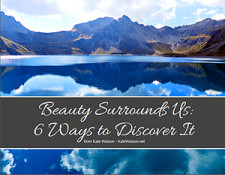
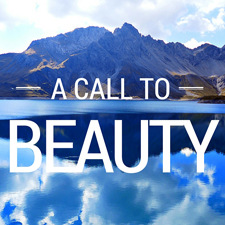
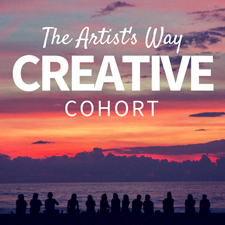
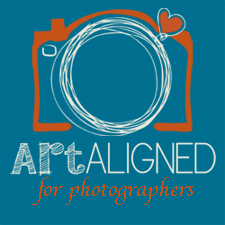






The Artist’s Way Creative Cohort Starts January 28th » KateWatson.net - […] couple of weeks ago I shared the story of my creative burnout and recovery. If you read that post, you’ll recall how instrumental Julia Cameron’s book, The Artist’s […]
How to Tame the Voices in Your Head » KateWatson.net - […] My favorite way to observe my self-talk is through journaling. Since 2010, I’ve written morning pages, three pages of handwritten, stream-of-conscious notes each day. I […]